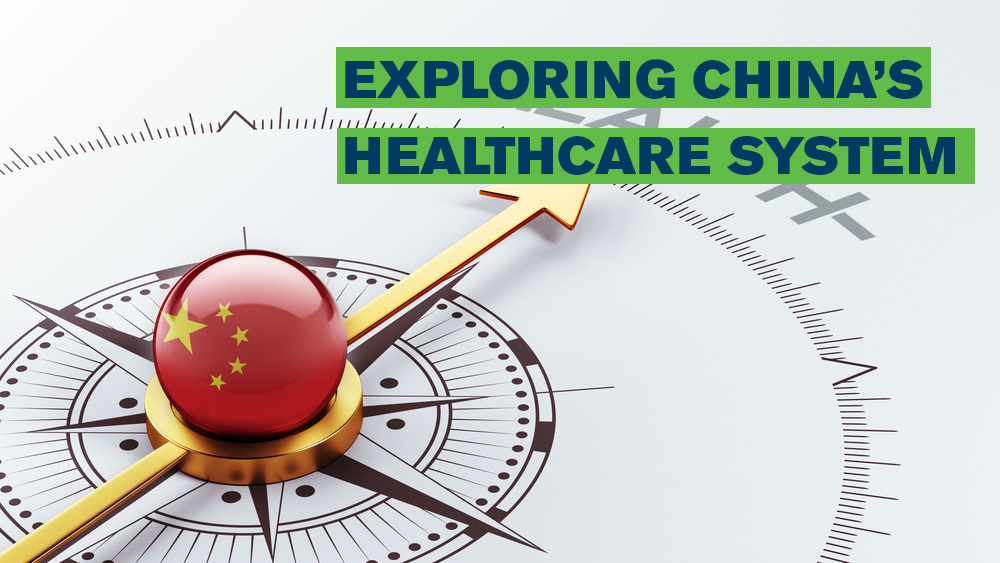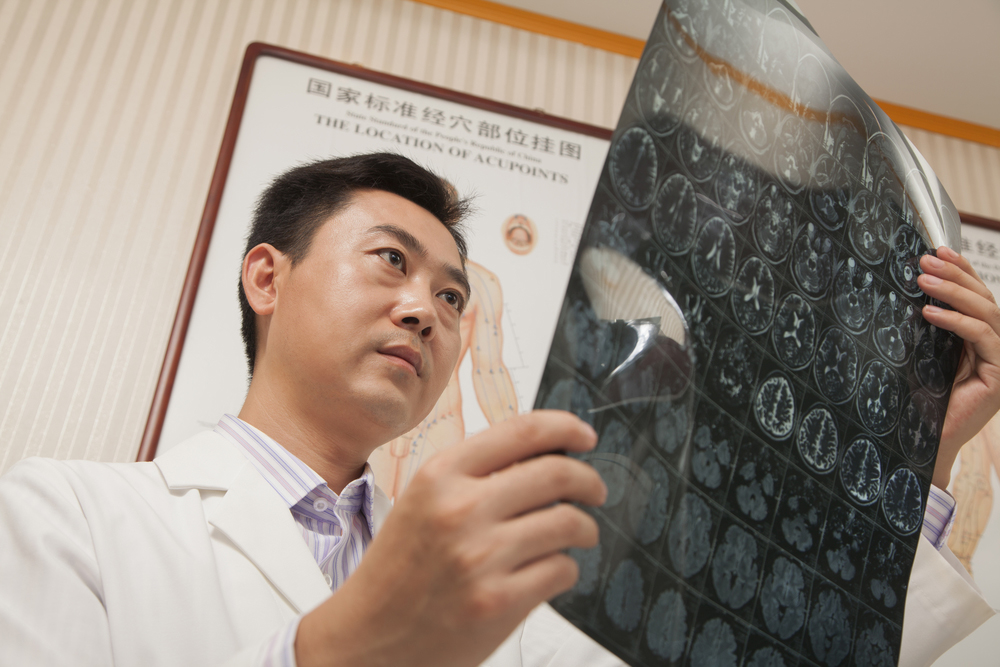
Even though it’s still considered a developing nation, the People’s Republic of China is one of today’s major global powers. Its phenomenal growth over the last half century has made it home to the world’s second-largest economy and roughly 20% of its population. According to the World Bank, China has “experienced the fastest sustained expansion by a major economy in history — and has lifted more than 800 million people out of poverty.”
This rapid economic development has also spurred other innovative advancements, specifically in healthcare. Since 2011, China has achieved universal health insurance coverage for 97% of its 1.4 billion people, “representing the largest expansion of insurance coverage in human history.”
How does the United States compare? Nearly 10% of our 327 million population is still uninsured. While this country continues to debate healthcare reform, it might be helpful to understand what China has accomplished and how. Its many successes, challenges, and failures can offer valuable lessons in how to advance our own system forward.
What is China doing differently?
China’s government is committed to providing universal and affordable health care for all of its citizens by 2020. Starting in 2008, it began to move away from free-market principles and instead established state-funded health insurance.
It’s currently divided into three plans: urban employee basic medical insurance, urban resident basic medical insurance, and the new cooperative medical service. Enrollment is based on a citizen’s employment status and residency, and each plan varies in coverage benefits, quality of providers, and premium and reimbursement rates. Private or commercial insurance is still available for middle-to-upper class families; however 97% of the Chinese population is insured by one of these publicly provided options.
Under this new system, China has been able to achieve remarkable improvements in public health. For example, it has greatly reduced infant mortality, increased life expectancy at birth, and lowered the incidence of infectious disease.
However, problems still persist. According to a joint study by the World Bank, World Health Organization, and Chinese government, the system struggles with major care inequities between rural areas and city centers, over-utilization of public hospitals, and national health care spending that outpaces GDP growth. Coverage benefits and physician accessibility is still lacking for rural residents, and the out-of-pocket medical costs can often bankrupt families. Many Chinese citizens distrust the professionalism and altruism of physicians, a lingering attitude from the healthcare system’s free market period. This, at times, has resulted in violence against healthcare providers.
All of this hasn’t gone unnoticed. In October 2016, China’s President Xi Jinping announced Healthy China 2030, a blueprint to make improving public health an explicit national political priority and a precondition for all future economic and social development.

What can the U.S. and other countries learn from China?
One key advantage to China’s healthcare system is its agility — mostly due to its lack of history. Compared to the complicated hybrid system in the U.S., China’s relatively young program, controlled by a single-party government, allows it to jump to new solutions and policies without the burden of legacy infrastructure.
China can also more easily adapt to emerging technologies. In response to its healthcare system’s accessibility issues, thousands of new Chinese healthcare apps, platforms, and devices have emerged to meet the demand for telehealth, patient referrals, and other digital services in both rural and urban areas. Implementing artificial intelligence and machine learning has proven to increase efficiency, lower error rates, and decrease medical costs. China’s government has quickly welcomed these developments and enacted legislation to encourage and regulate them.
In April 2018, the Chinese government unveiled its Internet Plus initiative with guidelines for digital technology’s role in its healthcare system. This covered “patient protections, public health, primary care access, care delivery, payment, drug supply, medical and patient education, and the application of AI to both traditional and modern medicine.” President Jinping repeatedly praises AI as a top priority for China, specifically in developing AI-assistive diagnostic systems, cloud-based training platforms, and wearable health devices. By 2020, China plans to create a database of digital health records to connect and empower its tertiary hospitals.
While the U.S. is considered to be the world leader in AI discovery, it lags behind in its industrial and healthcare applications. Our fragmented marketplace and lack of universal healthcare puts us at a significant disadvantage for adopting these new technologies at scale. Within a capitalist market economy dominated by private enterprises, there simply is little incentive to prioritize patient care over economic gains.
If there’s one takeaway from China’s example, it’s how a universal healthcare system can allow for greater adaptability. China has been nimble in setting regulations and government-backed incentives to encourage the adoption of healthcare technologies to benefit all involved. The U.S. and other countries, with or without a universal healthcare system, need to keep up with the furious pace of these valuable innovations.
Want to see the Chinese system first-hand? Between the country’s most noteworthy destinations, dishes, and goods, there is so much to learn from the Red Dragon. Swift Passport & Visa Services can help you secure a travel visa to get there.

